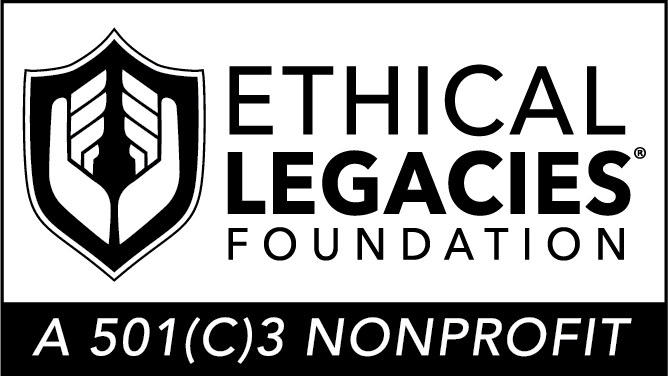In recent years, headlines covering successive corporate scandals have served as a cautionary tale for other companies. Little by little, the spotlight cast on managerial missteps has steered organizations toward a greater appreciation for ethical leadership, coaxing them away from the compliance-based practices of years past.
A 2017 Ethics and Compliance survey confirmed this phenomenon and found that more organizations are in fact embracing the idea that ethical behavior can help improve both its bottom line and workplace culture. Ethisphere, an organization that measures and defines corporate ethical standards, and corporate compliance management software company Convercent surveyed senior-level executives working in ethics, compliance, or anti-corruption for the 2017 report.
One example of this shift toward ethical leadership is the advent of the ethics and compliance officer in the workplace, as well as the growing extent to which these officers have the ear of the CEO. Whereas a mere 16% of officers were reporting to their CEOs in 2015, nearly one-third now maintain constant dialogue with their corporate heads. Moreover, the number of officers involved in strategic decisions has increased by 11% over the past two years, and 3 out of 4 ethics and compliance chiefs are now designing audits, attending HR training events, and including ethics-related questions on employee surveys.
Though this behavioral shift is significant, the survey suggests there’s still plenty of room for improvement in how companies pursue ethical leadership. Major shortcomings remain in how businesses harness technology to address ethical complaints in the workplace. These shortcomings make it difficult for compliance officers to translate mountains of data on emerging risks and trends into information relevant to the organization’s strategy.
Data silos represent one such area of tech inefficiency. A key finding from the survey is that although organizations gather ethics and compliance data from at least four different departments—HR, enterprise risk, finance and legal—the organization uses up to 10 different systems to collect this information. Only 7% of compliance officers said they streamline the data into one centralized source. Apart from being time-consuming, this diffused approach to data collection increases the odds that important information will get lost in the shuffle.
Among respondents, 55% acknowledged having to grapple with data housed in unintegrated systems. These inconsistencies pose a problem when managing employee complaints. Only 40% of all officers surveyed said they were actively tracking open-door complaints. Yet 73% of employees surveyed separately indicated that they had used an open-door mechanism to report complaints, suggesting a major communication shortfall characteristic of inadequate data documentation.
The disconnect is not lost on compliance officers. When asked about the content of the formalized reports submitted to their higher-ups (including boards, CEOs and governance councils), respondents almost unanimously indicated a pressing need to track and measure statistics related to open-door reporting among other issues. This gap exists in comparison to the current uniformity in reporting that typically covers only hotline data and training completion rates.
To rectify these issues, the report cites data centralization as a crucial strategic starting point. When real-time data gets swept aside or cast into an isolated platform, it makes it much tougher for compliance officers—or anyone analyzing the data—to pinpoint emerging risks and adopt measures to avoid them.
One way organizations can streamline their data collection, according to the study, is by adopting analytic tools that can manage multiple data sets, even as they are updated. Spreadsheets, though useful for many tasks, are incapable of capturing trends buried within the volume or diversity of data that ethics officers work with. These platforms make it tougher to carry out root cause analyses and identify factors—behavioral or otherwise—that lead to organizational risk.
The study cites creating a culture that embraces open-door reporting as vital to the ethical wellbeing of a business. “Given that more than 70% of reported incidents come through open-door reporting, it’s critical that CECOs provide the training and tooling for managers so that issues can be both captured and followed up on,” says Katie Smith, chief compliance officer for Convercent. This, according to the study, involves training HR and management on best practices for dealing with complaints as a means of signaling to employees that the organization will take all of these concerns seriously and follow up on them.
Ethical leadership is key to preventing compliance risk and is something that has to come from the top. By establishing a values-driven environment that embraces, rather than tolerates, ethical governance, an organization can help make its employees feel at home in their workplace while also trusting in the policies that the organization enforces when issues arise. Convercent CEO Patrick Quinlan says the survey results support this idea. “We are entering the future of proactive ethics, an era in which prioritizing ethics at the center of everything we do is a necessity, not an option,” he says.
 Did you enjoy this content?
Did you enjoy this content?
If so, sign up below to be the first to receive new articles, updates and news from Ethical Legacies.


 Did you enjoy this content?
Did you enjoy this content?
